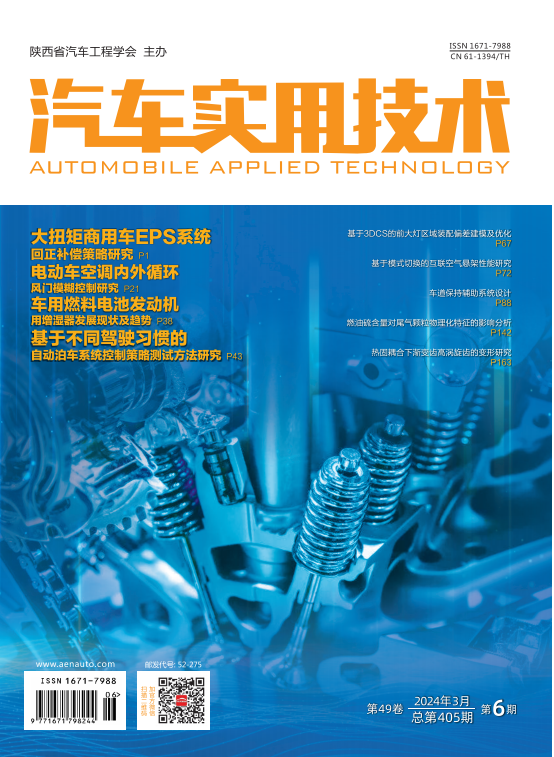|
|
Analysis of the Influence of Fuel Oil Sulfur Content on the Physicochemical
Characteristics of Exhaust Particulates
LI Tengteng
2024, 49(6):
142-148.
DOI: 10.16638/j.cnki.1671-7988.2024.006.026
The effect of sulfur content in diesel fuel on the morphology, nanostructure, particle size,
graphitization degree, surface functional groups and composition of exhaust particles is investigated
on a 4.5 L marine auxiliary diesel engine by using three kinds of diesel fuels, which have different
sulfur contents. The morphology and nanostructure of exhaust particles are analyzed using transmis�sion electron microscopy (TEM). The graphitization degree of exhaust particles is analyzed by Raman spectrometer. The surface functional groups of exhaust particles are analyzed employing
Fourier transform infrared spectrometer. The composition and elemental composition of exhaust
particles are analyzed by thermal gravimetric analyzer and plasma emission spectrometer,
respectively. Based on the low-powered electron microscopy images, it is found that the exhaust
particles is an irregular aggregate structure, which is composed of dozens or even hundreds of
spherical or nearly spherical primary particles, and with the increase of fuel sulfur content, the
stacking of primary particles becomes more obvious, and the microscopic morphology of exhaust
particles changes from chain structure to a more complex agglomerate. Based on high-powered
electron microscopy images, it is found that the primary particles perform a typical core-shell
structure, and with the increase of fuel sulfur content, the thickness of the amorphous substance at the
outer edge of the primary particles and the particle size of the primary particles also increase.
Furthermore, with the increase in fuel sulfur content, the research reveals the following findings: in
terms of morphology, the average curvature of primary particle crystals increases while the average
length decreases; in terms of graphitization, the degree of particle graphitization declines; in terms of
composition, the proportion of organic components and S sulfur elements increases.
References |
Related Articles |
Metrics
|

